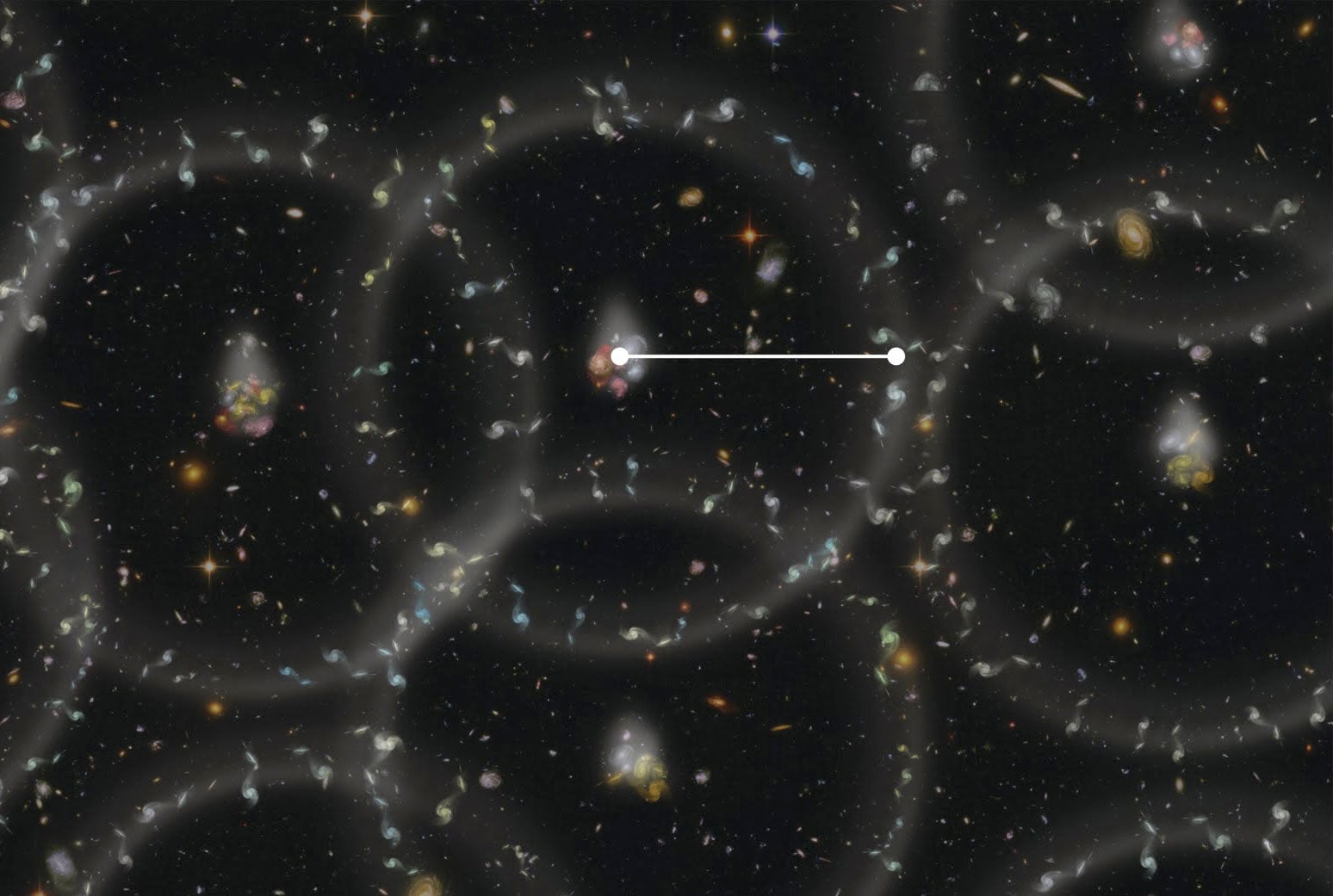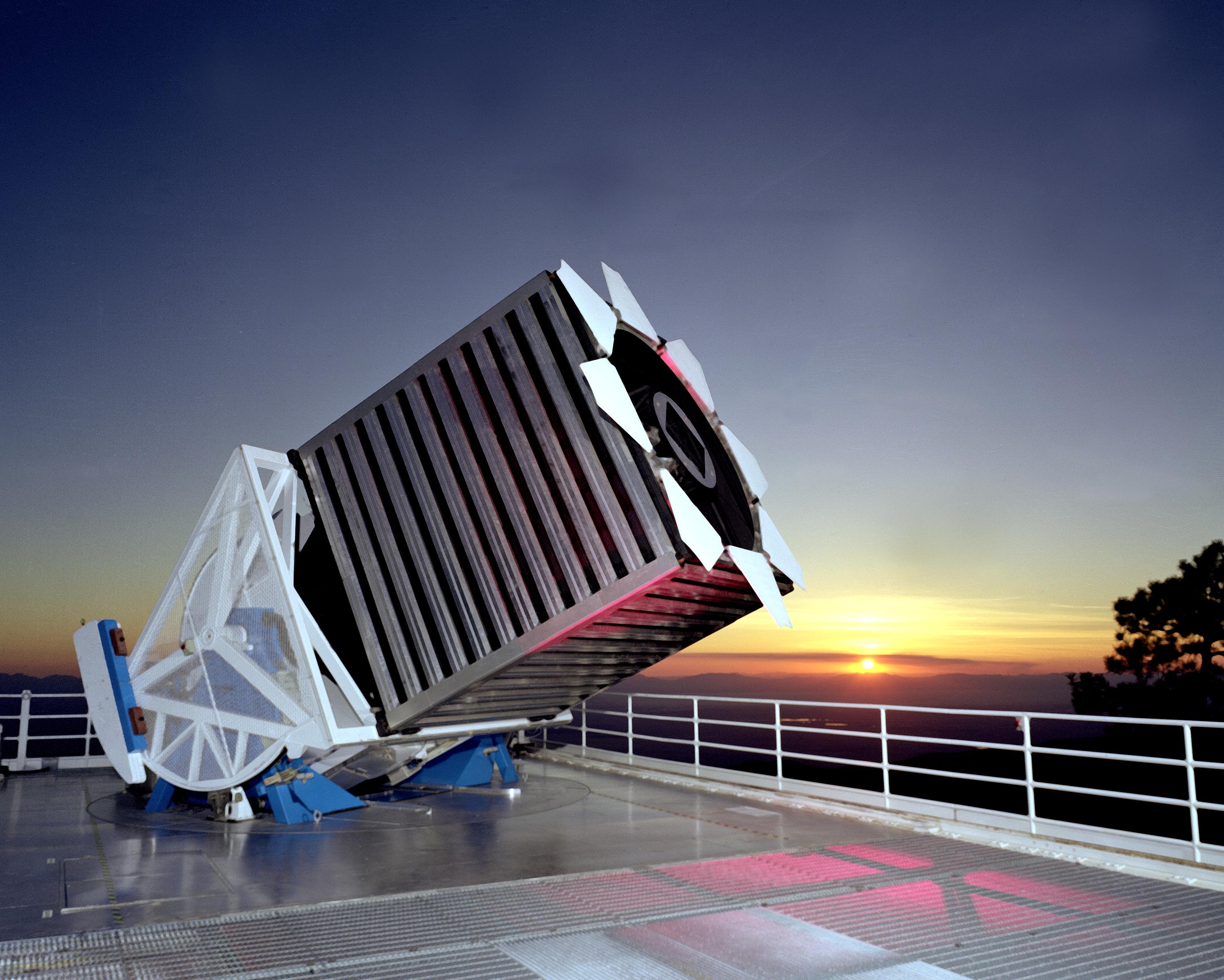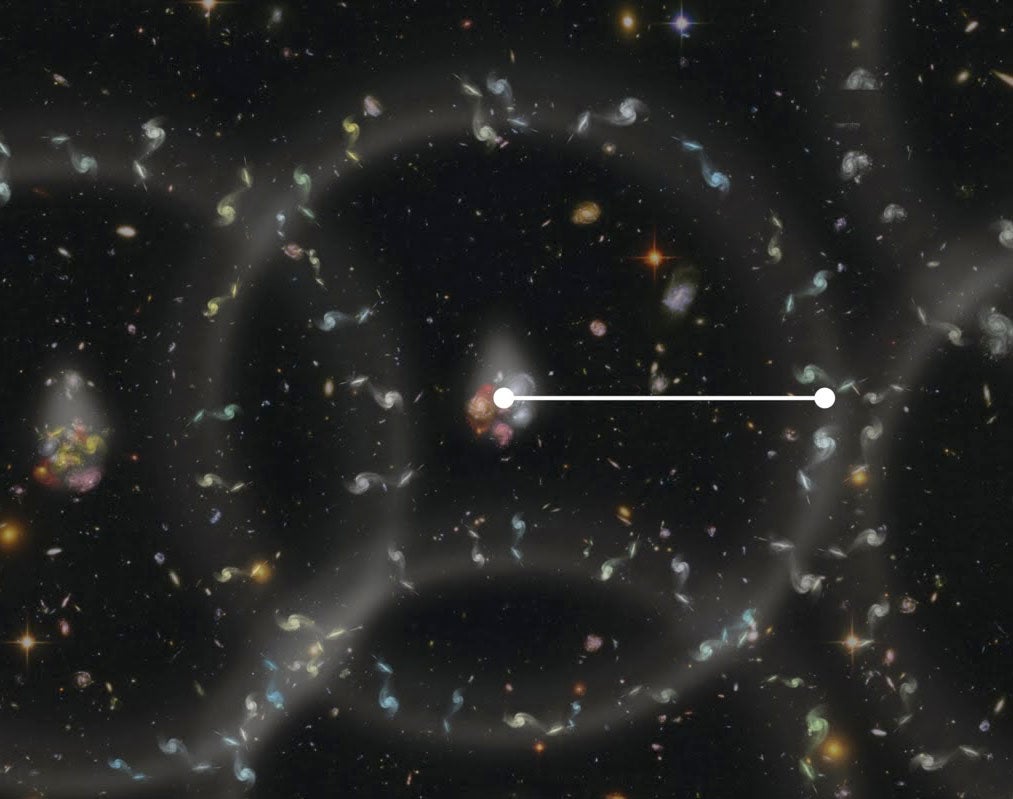Map of Universe accurate to 1% offers insight into dark energy and the curvature of spacetime
Map uses 'cosmic ripples' created by the formation of the Universe to create a 'standard ruler' to measure distances between 1.2 million galaxies

Astronomers have completed a new survey of the Universe, calculating the distances between galaxies to an “unprecedented accuracy” of just one per cent.
The ultraprecise measurements will provide astronomers with the most important map of the universe to date and it is hoped they will shed light on dark energy – the mysterious force that is thought to comprise nearly three quarters of the universe.
The locations of 1.2 million galaxies were mapped over distances of more than 6 billion light-years as part of project BOSS (the Baryon Oscillation Spectroscopic Survey), the largest of four cosmological surveys currently underway on the Sloan Foundation Telescope in the US.
"There are not many things in our daily lives that we know to one-per cent accuracy," said David Schlegel, a physicist at Lawrence Berkeley National Laboratory (LBNL) and the principal investigator of BOSS. "I now know the size of the Universe better than I know the size of my house."
Previous maps accurate to one per cent (this means that if you measured a distance of 100 miles you would be accurate to within a single mile) have only managed to pinpoint the location of the few hundred stars closest to Earth, all of which are contained within our own galaxy, the Milky Way.
"Determining distance is a fundamental challenge of astronomy," said Daniel Eisenstein, director of the Sloan Digital Sky Survey III (SDSS-111), an international collaboration of four surveys including BOSS.
"You see something in the sky — how far away is it? Once you know how far away it is, learning everything else about it is suddenly much easier."

The BOSS map use new techniques to reach out to distances many million times greater than previously possible, measuring the phenomenon known as “baryon acoustic oscillations” or BAOs - subtle ripples in the distribution of galaxies throughout the Universe.
These ripples were created during the formation of the early universe as particles of light (photons) and protons and neutrons (collectively known as baryons) created mammoth pressure waves pulsing through the cosmos.
"With these galaxy measurements, nature has given us a beautiful ruler," said Ashley Ross, an astronomer from the University of Portsmouth. "The ruler happens to be half a billion light years long, so we can use it to measure distances precisely, even from very far away."
The new results were presented by Schlegel and his team at the 223rd meeting of the American Astronomical Society and have also provided one of the best indications to date that the universe is “flat".
A flat universe is one in which can be described using conventional Eculidean geometry. This means that certain rules - such as 'straight lines are parallel' or 'the interior angles of a triangle add up to 180 degrees' - hold true. A universe might not be flat if dark energy was distributed unevenly throughout it, warping the curvature of spacetime.
Schlegel also notes that the idea of a flat universe has implcications as to whether or not the universe is infinite:
"While we can't say with certainty that it will never come to an end it's likely the universe extends forever in space and will go on forever in time. Our results are consistent with an infinite universe."

Join our commenting forum
Join thought-provoking conversations, follow other Independent readers and see their replies
Comments